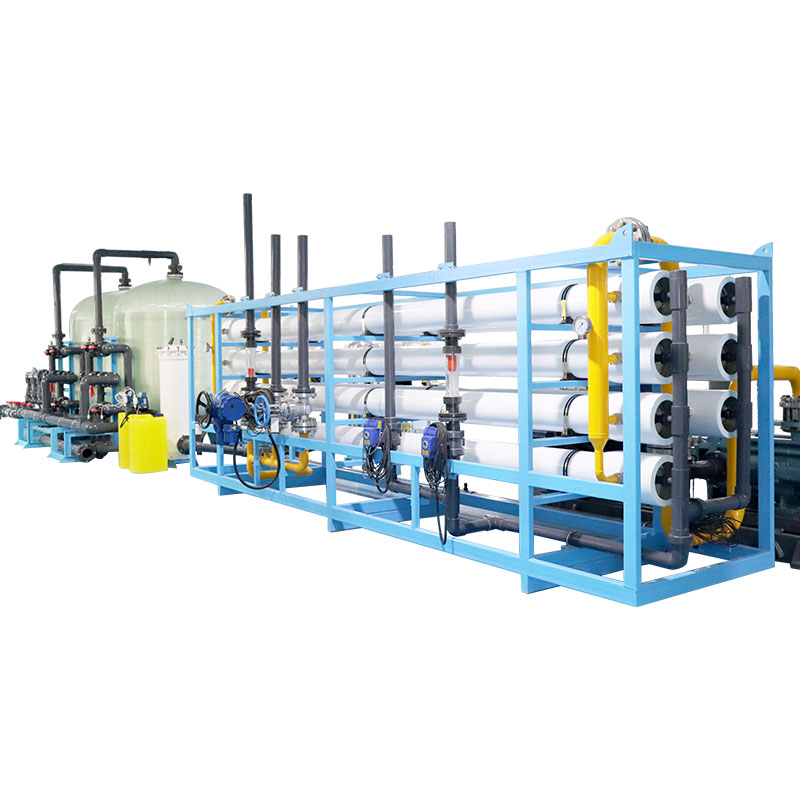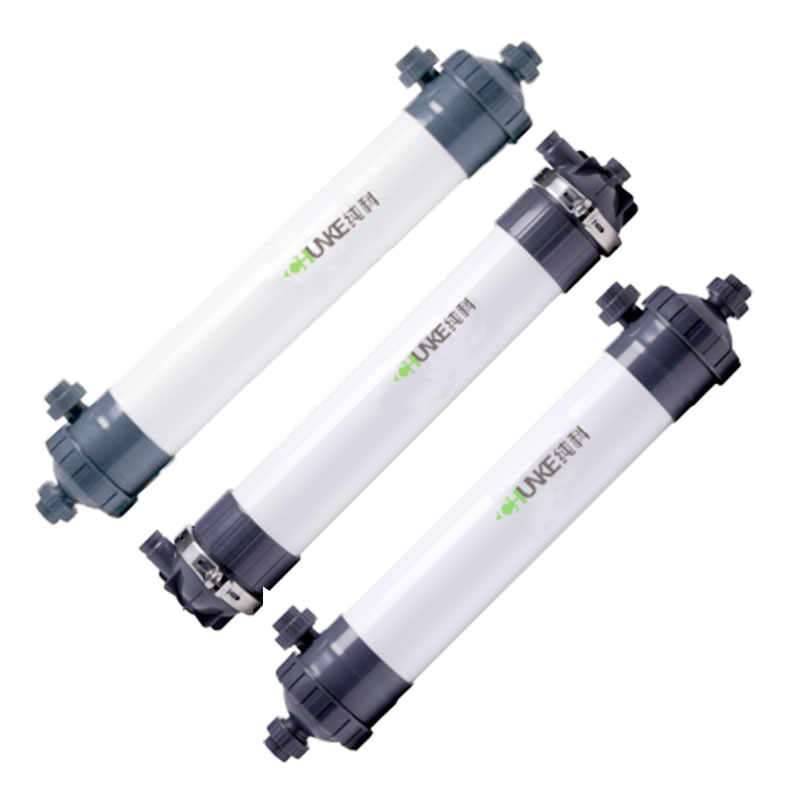Which filter is suitable for a 3/4 inch screen?
In the field of water treatment, the size of the filter screen is directly related to the quality of the filtration effect. Choosing the right screen size can not only ensure that the water quality meets the expected standards, but also extend the service life of the equipment. Therefore, it is crucial to understand the size specifications and uses of the screen.
This article will explore in detail the size of the water treatment filter screen and which filter is suitable for a 3/4 inch screen.

What is the role of the filter screen?
The filter screen is a key component in water treatment equipment, used to intercept unwanted particles, sediments and impurities in the water. Through physical filtration, the screen can block these impurities from entering the subsequent treatment unit of the equipment, protect the stable operation of the water treatment system, and ensure that the final water quality meets the use requirements.
What is the definition of screen size?
The size of the screen is usually expressed in "mesh", that is, the number of holes per square inch on the screen. For example, a 100-mesh screen means there are 100 holes per square inch. The higher the mesh number of the screen, the smaller the pore size, and the finer the particles that can be filtered. Generally, the mesh number of the screen is inversely proportional to the aperture. The lower mesh number screen is suitable for coarse filtration, while the higher mesh number screen is suitable for fine filtration.

What is the size of the water treatment filter screen?
In the water treatment process, different application scenarios have different requirements for the size of the screen. The following are the references for the size of the screen in several common applications:
Primary filtration
Primary filtration is mainly used to remove larger particles and suspended solids, and usually uses a lower mesh number screen, such as 20-50 mesh. These screens can effectively intercept sand, soil and other large particles of impurities to protect subsequent fine filtration equipment.
Intermediate filtration
Intermediate filtration usually requires the removal of finer particles, and screens with mesh numbers between 50-100 are more commonly used. This screen can effectively filter out smaller solid particles, such as fine sand, rust and algae, and further purify the water quality.
Fine filtration
In the fine filtration stage, the screen aperture is required to be very small to remove tiny particles in the water. Usually, screens with mesh sizes above 100 are used, and even screens with mesh sizes of 300 or higher are used in some special applications. These high-mesh screens can capture the finest particles in the water, ensuring the purity of the final water.

What is a 3/4-inch screen?
A 3/4-inch screen usually refers to the aperture of the screen, not the overall size of the screen. 3/4 inches is equal to 19.05 mm, which means that the diameter of each screen hole is 19.05 mm. This size of screen has a larger aperture and is suitable for primary filtration or when treating water sources with larger particles.
Which filter is a 3/4-inch screen suitable for?
A 3/4-inch screen is generally suitable for scenarios that require coarse filtration, such as sand filters and grid filters in pretreatment systems. This type of filter is often used to remove large particles of impurities in the water and protect subsequent water treatment equipment from damage by larger particles.
● Sand filter: In a sand filter, a 3/4-inch screen can effectively remove large particles of sediment and suspended matter in the water, extending the service life of the sand filter.
● Grid filter: Grid filters are usually used for primary filtration. The 3/4-inch screen can intercept larger particles of impurities and reduce the burden on subsequent treatment units.

What effect does the screen size have on the filtration effect?
The aperture size of the screen directly affects the filtration efficiency of the filter. The smaller the aperture, the finer the particles that can be filtered, and the higher the purity of the water output. However, too small an aperture may cause the screen to be blocked and increase the maintenance frequency of the filter. Therefore, when choosing a screen, it is necessary to find a balance between filtration effect and ease of operation.
The material of the screen is also a key factor in determining its performance. Common screen materials include stainless steel, copper, polymer, etc. Stainless steel screens are widely used in water treatment due to their strong corrosion resistance and long service life. The choice of material should not only consider the filtration effect, but also the chemical properties of the use environment.
How to choose the right screen size?
The size of the particles in the water source determines the choice of the screen aperture. If the impurity particles in the water are large, you can choose a screen with a larger aperture; if the water quality is relatively clean but needs further fine treatment, you need to choose a screen with a smaller aperture.
The pore size of the screen will also affect the flow rate and water pressure of the filter. A screen with a smaller pore size will increase the flow resistance of the water, resulting in a lower flow rate. Therefore, when selecting a screen, the balance between the processing volume and the flow rate needs to be considered.
The use environment of the equipment has an important impact on the selection of the screen material. For example, in a highly corrosive environment, a stainless steel screen with strong corrosion resistance should be selected; in a low-temperature environment, a material with good low-temperature resistance needs to be selected.

Precautions for installing and maintaining a 3/4-inch screen
When installing a 3/4-inch screen, it is necessary to ensure that the screen fits tightly to the frame of the filter to avoid water short circuits or leakage caused by improper installation. At the same time, the screen should be ensured to be free of damage to ensure the filtering effect.
In order to ensure the filtering effect of the 3/4-inch screen, it needs to be cleaned regularly, especially when dealing with water sources containing a large amount of particulate matter. In addition, the screen may fail due to wear or corrosion after a period of use, so the status of the screen should be checked regularly and replaced in time if necessary.




